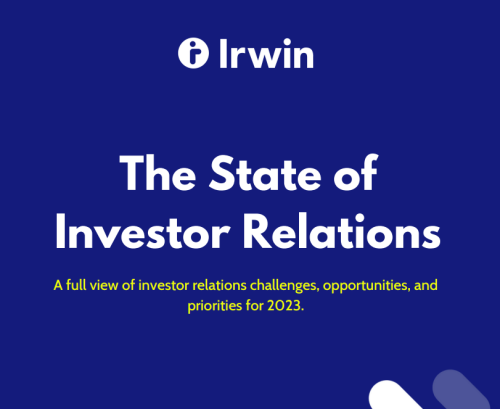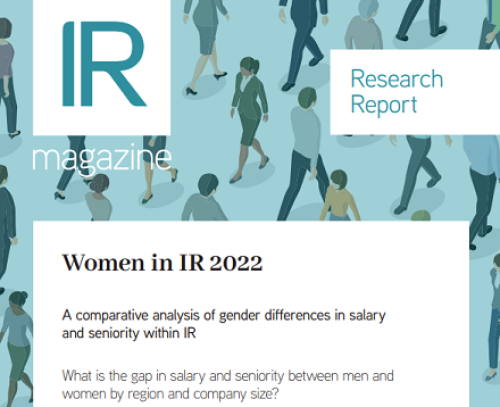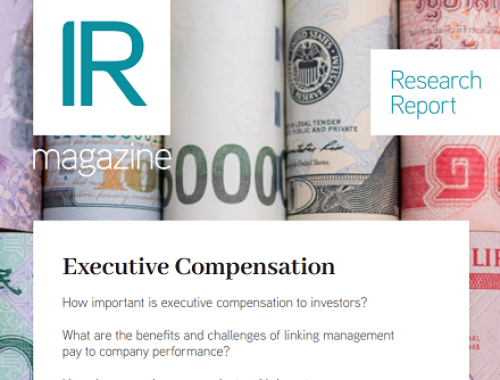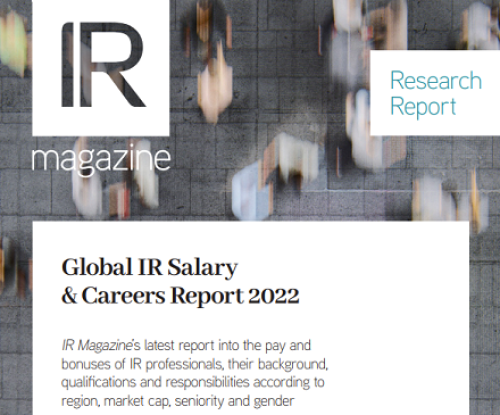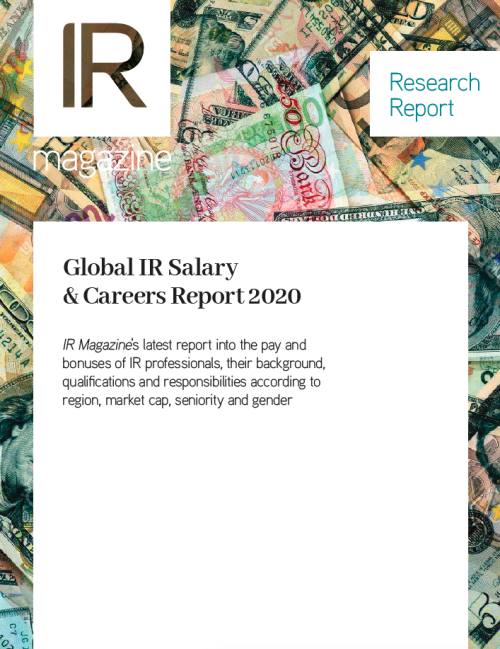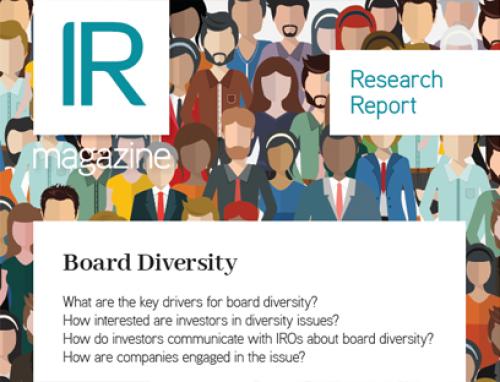Over 10 percent earn at least $300,000, finds survey
Investor relations departments in Canada are assuming greater pay and responsibilities, according to a members’ survey by CIRI.
The survey, CIRI’s sixth on compensation and responsibilities, took place in the first quarter of 2010 and canvassed the views of 150 IR professionals, a number that includes around a third of CIRI’s corporate members.
It finds 32 percent of respondents are vice presidents, senior vice presidents or executive vice presidents, a rise from 18 percent in 2007, the last time CIRI conducted a survey in this area. In addition, 82 percent report directly to either the CEO or CFO, while half note they are being asked for advice by senior management and the board.
‘We went through such an economic upheaval and I think that’s when you start to see which professions are true professions – and IR has certainly come through this as a true profession,’ says Tom Enright, president and CEO of CIRI.
‘I think the key part is the continuing recognition by managements and boards that IR is the only role in the company that is the bridge between the owners of the company and the company itself. That vital stakeholder group, the investors, has to have a voice brought back into the company.’
The rise in responsibility has been matched by an increase in the size of pay packages for IR professionals in Canada. The survey finds average compensation for those spending at least 50 percent of their time on IR stands at C$165,000 ($157,373), which implies ‘a 6.3 percent compounded annual increase since 2007,’ says CIRI. Overall, a quarter of respondents pocketed at least $225,000 a year in total compensation, while a lucky 12 percent earned $300,000 or more.
Perhaps as a result of this rise in pay, IR teams are having to work harder to justify their worth. Two thirds of respondents say they are using at least one formal measure to analyze their performance, a jump from 61 percent in the last survey. A fifth of respondents say this measurement is done through perception studies.
‘There has always been a desire to measure the effectiveness of investor relations,’ comments Enright. ‘The fact is, it’s getting more sophisticated and more metrics are being used now. Typically, we found there are three to four metrics being used to measure a program and that has changed quite a bit over the years.’
Along with perception studies, companies are also often measured by their shareholder mix, shareholder identification and the number of analysts following the stock, Enright adds.
CIRI also sees a move toward larger IR teams at big companies and, generally, more recognition of the role within organizations, which are trends witnessed in other developed markets.
The survey finds 72 percent of respondents work in a separate IR department, a rise from 64 percent in CIRI’s 2007 survey. Furthermore, the number of corporates spending all of their time on investor relations has risen from 28 percent in 2007 to 39 percent in this year’s survey.
IR departments at large-cap companies have seen their staff numbers rise over the last three years, despite the global recession and tough operational conditions. According to respondents, 30 percent of the largest companies ($5 bn market cap or more) employ five or more full-time staff, up from 15 percent in 2007.
Budgets have also grown at larger companies, although the opposite appears to be true among smaller issuers, says CIRI. In total, 45 percent of companies saw IR budgets rise between 2007 and 2010, finds the survey.
Finally, in another boost for the profession, the number of people staying in IR for the long term is well up: IR officers with 10 or more years’ experience has jumped from 15 percent to 27 percent between 2007 and 2010, suggesting the profession is now viewed less as a stepping stone position and more as a career in itself.
‘IR has significantly moved away from a tactical, rotational kind of position to a longer-term career position, and much more of a strategy position,’ concludes Enright.



